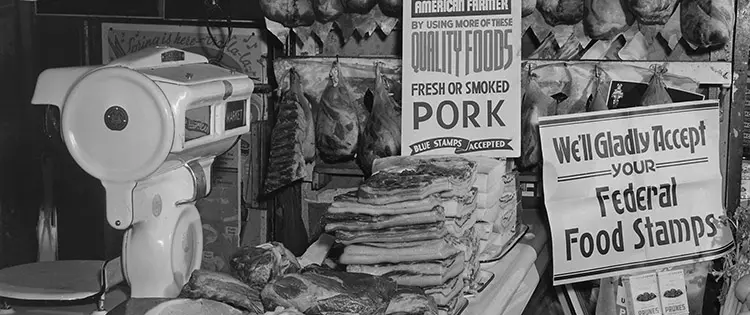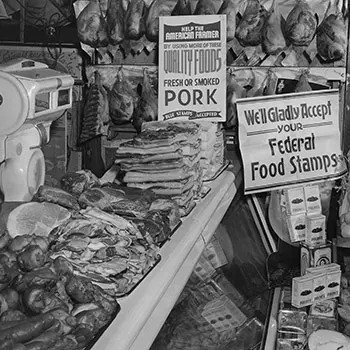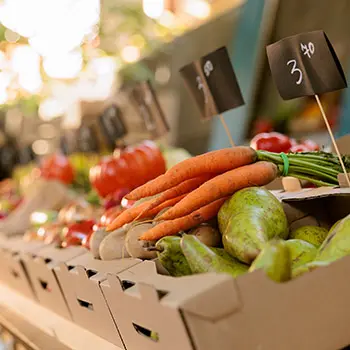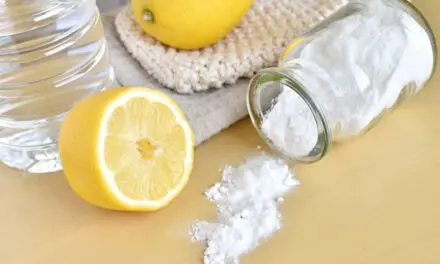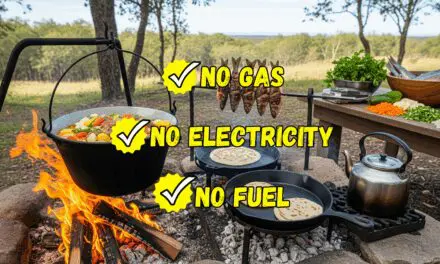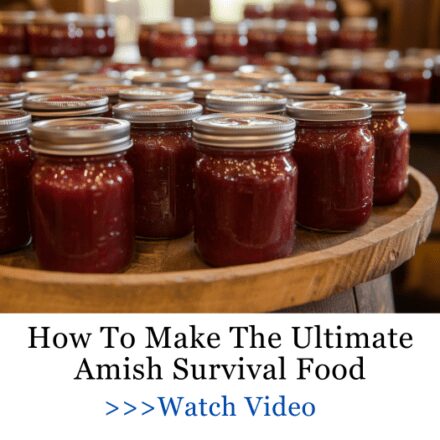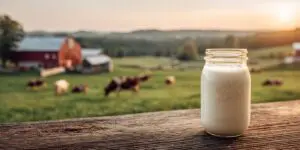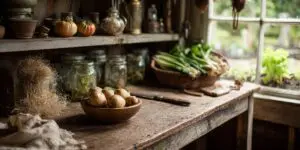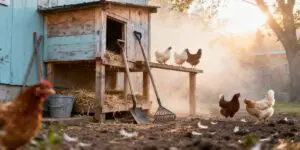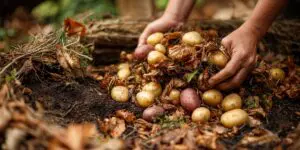I remember my grandma’s stories about the Great Depression – tales of scraping by on whatever food they could get their hands on.
Never thought I’d see anything like that in my lifetime. But lately? I’m not so sure.
“Out of stock.”
Three words that have become my grocery store nemesis. From sriracha to baby formula, it seems like nothing is sacred anymore.
My veggie patch which started as a pandemic project, is now my edible insurance policy.
With food prices doing the cha-cha skyward, it got me thinking – are we heading towards a time when Depression-era foods become our new normal?
The signs are becoming hard to ignore:
The Pinch at the Checkout
Let me tell you, my weekly grocery runs have become quite the rollercoaster ride lately. Just when I thought prices couldn’t climb any higher, they’ve taken a breather – but don’t break out the champagne just yet.
Back in ’23, I nearly choked on my coffee when egg prices skyrocketed. Now, they’re still up by a whopping 19.1% compared to last year.
It’s enough to make a hen blush! And don’t get me started on lettuce – it’s jumped 10.3% in just six months.
According to the number crunchers at the Bureau of Labor Statistics, food prices have risen by 2.2% in the past year. That’s a darn sight better than the 4.4% we saw the year before, but it’s still pinching our pockets.
Related: How Much Money I Saved in a Year By Growing My Own Food
Here’s a quick breakdown of some increases I’ve noticed:
- Eggs: +19.1% (and they’re predicting another 2.4% hike in 2024)
- Beef and Veal: +4.5% (with a meaty 5.6% increase expected next year)
- Food-at-home: +1.2% (looks like home cooking’s still the way to go)
- Food-away-from-home: +4.1% (ouch, those restaurant bills are getting spicy)
Now, I’m no economist, but I’ve got eyes in my head and a wallet in my pocket. And let me tell you, over 80% of us regular folks feel like food prices have shot up more than these numbers suggest.
Maybe it’s because we’re at the store more often than those statisticians, or maybe it’s all the chatter about inflation on the news.
Either way, I’ve found myself getting crafty with my shopping. I’m eyeing those sales like a hawk, giving generic brands a chance, and cutting back on the fancy stuff.
Supply Chain Disruptions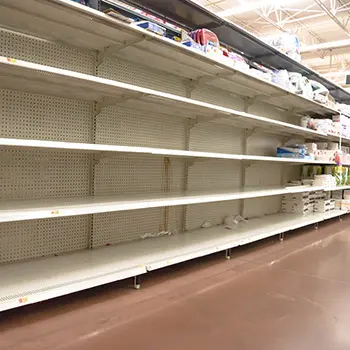
Remember the great toilet paper shortage of 2020? Well, that was just the tip of the iceberg. I’ve seen firsthand how global events can wreak havoc on our food supply.
Last summer, I couldn’t find my favorite brand of pasta for weeks. The store manager told me it was due to supply chain issues. It got me thinking about how interconnected our food system is – and how fragile it is.
From pandemic lockdowns to the conflict in Ukraine disrupting grain exports, it seems like we’re constantly playing whack-a-mole with food shortages. It’s eerily reminiscent of the scarcity folks faced during the Depression.
Food Shortages
I never thought I’d see the day when I’d have to ration mustard, of all things. But there I was last week, staring at an empty condiment shelf, feeling like I’d stepped into a time warp.
It’s not just mustard that’s been hard to find lately. Over the past year, I’ve had trouble getting my hands on baby formula, Sriracha sauce, popcorn, canned pet food, and even cream cheese.
Each shortage has its own story – from factory closures to climate-related crop failures. It’s a stark reminder of how precarious our food system can be.
Related: Pioneer Recipes Every Homesteader Should Learn
Changing Consumer Behavior
I’ve noticed a shift in my own shopping habits, and I’m not alone. Chatting with neighbors and friends, I’ve heard similar stories of belt-tightening and creative cooking.
I’ve noticed a few trends in my own habits recently. Bulk buying has become a go-to strategy, especially when non-perishables are on sale. I’ve also been leaning more toward generic brands, as the fancy labels just don’t seem worth the extra cost. My family has started incorporating at least two vegetarian dinners a week to cut down on meat expenses.
And as for takeout, it’s turned into a rare treat rather than the usual convenience it once was, with home cooking taking center stage.
It’s funny how these changes echo the resourcefulness of the Depression era. My grandma would probably nod approvingly at my newfound frugality.
A Scoop on the Depression-Era Diet
The Great Depression wasn’t just about empty wallets – it was about empty stomachs too. From 1929 to the late 1930s, America faced an economic downturn that left millions jobless and struggling to put food on the table.
It was rough. Soup kitchens popped up in cities, while rural folks relied on what they could grow or forage. Money was tight, and creativity in the kitchen became a necessity, not a hobby. This is what we are seeing bit by bit these days.
Preparing for a Potential Shift
Gardening
Let me tell you about my backyard. It used to be a patchy lawn that I’d mow begrudgingly every other weekend. Now? It’s my own little victory garden, and I couldn’t be prouder.
For beginners, I’ve picked up a few helpful tips along the way. Start small—there’s no need to overwhelm yourself. Even a few pots on a sunny windowsill can make a difference. Opt for high-yield plants like zucchini, tomatoes, and beans, which give you the most return for your effort.
Related: DIY Survival Garden
Learning to compost is a game-changer too, as it provides free fertilizer while cutting down on waste. If space is an issue, consider joining a community garden; it not only solves the space problem but also connects you with like-minded people.
I’ll never forget the first time I made a salad entirely from my garden. It tasted like independence.
Preserving Food
Canning used to sound like something only my grandma would do. Now? I’ve got more Mason jars than I can count, and I’m not ashamed to admit it.
Here’s a quick rundown of preservation methods I’ve tried:
| Method | Best For | Difficulty Level |
|---|---|---|
| Canning | Fruits, vegetables, sauces | Moderate |
| Freezing | Most fruits and vegetables | Easy |
| Dehydrating | Fruits, herbs, some veggies | Easy |
| Fermenting | Vegetables | Moderate |
My latest project? Learning to make sauerkraut. It’s a bit stinky, but hey, it’s packed with probiotics and lasts forever.
Creating a Sustainable Food System
While I love my little garden, I know it’s not enough to feed my family year-round. That’s why I’ve started looking at the bigger picture of food sustainability.
I’ve joined a local food co-op, where I can buy directly from farmers in my area. It’s opened my eyes to the importance of supporting local agriculture.
Plus, the eggs taste way better than anything I’ve ever bought at a supermarket.
Related: Frugal Lessons From My Grandfather Who Lived Through The Great Depression
To build a more resilient food system, I’m exploring several strategies. I’m supporting community-supported agriculture (CSA) programs, which help connect local farmers and consumers directly. I’m also advocating for urban farming initiatives to bring food production closer to home.
Learning about permaculture principles is helping me understand sustainable farming techniques while participating in seed-saving networks, which ensures I’m contributing to long-term food security. Finally, reducing food waste through composting and creative cooking has become a key part of my approach to minimizing waste.
Who would’ve thought that the lessons of the Great Depression would become so relevant in our modern world?
Remember, our grandparents and great-grandparents didn’t just survive those times – in many ways, they thrived.
They learned skills that served them for a lifetime. Why not do the same?
What The Amish Ate During The Great Depression
3 Powerful Remedies Grandma Always Had In Her House During The Great Depression (Video)
Native American Skills for the Modern Homesteader

